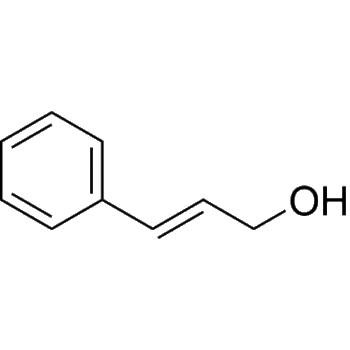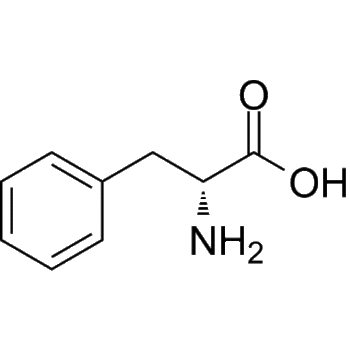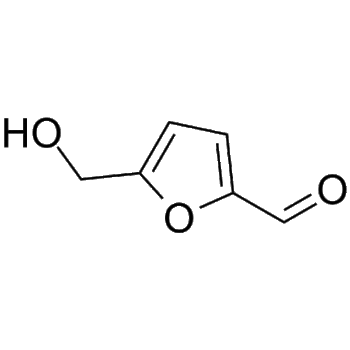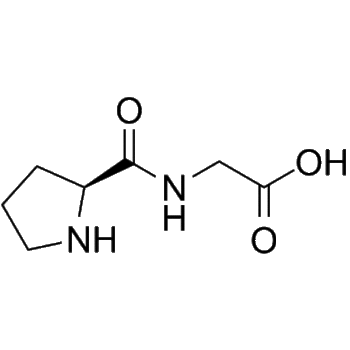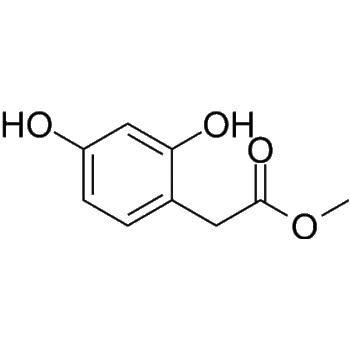
Download Files:
Spinosad
SKU
HY-138800-100 mg
Category Natural Products
Tags Membrane Transporter/Ion Channel;Neuronal Signaling, nAChR, Neurological Disease
$50 – $120
Products Details
Product Description
– Spinosad, a mixture of spinosyns A and D known as fermentation products of a soil actinomycete (Saccharopolyspora spinosa), is a biological neurotoxic insecticide with a broader action spectrum. Spinosad targets the nicotinic acetylcholine receptor (nAChRs) of the insect nervous system. Spinosad has an excellent environmental and mammalian toxicological profile. Larvicidal activity[1][2][3].
Web ID
– HY-138800
Storage Temperature
– -20°C, 3 years; 4°C, 2 years (Powder)
Shipping
– Room Temperature
Applications
– Neuroscience-Neuromodulation
Molecular Formula
– C83H132N2O20
References
– [1]Santos VSV, et al. Properties, toxicity and current applications of the biolarvicide spinosad. J Toxicol Environ Health B Crit Rev. 2020;23(1):13-26.|[2]Duchet C, et al. Effects of Bacillus thuringiensis israelensis and spinosad on adult emergence of the non-biting midges Polypedilum nubifer (Skuse) and Tanytarsus curticornis Kieffer (Diptera: Chironomidae) in coastal wetlands. Ecotoxicol Environ Saf. 2015;115:272-278.|[3]Wang J, et al. A three amino acid deletion in the transmembrane domain of the nicotinic acetylcholine receptor α6 subunit confers high-level resistance to spinosad in Plutella xylostella. Insect Biochem Mol Biol. 2016;71:29-36.|[4]Huang J, et al. High Level of Spinosad Production in the Heterologous Host Saccharopolyspora erythraea. Appl Environ Microbiol. 2016;82(18):5603-5611. Published 2016 Aug 30.|[5]McCormack PL. Spinosad: in pediculosis capitis. Am J Clin Dermatol. 2011;12(5):349-353.|[6]Piner P, et al. Organic insecticide spinosad causes in vivo oxidative effects in the brain of Oreochromis niloticus. Environ Toxicol. 2014;29(3):253-260.
CAS Number
– 168316-95-8
Molecular Weight
– 1477.94
Compound Purity
– 96.45
SMILES
– CC1=C[C@]2([H])[C@](C=C3[C@@]2([H])CC(O[C@H](CCC[C@@H]([C@H](C3=O)C)O[C@@H]4O[C@@H]([C@H](CC4)N(C)C)C)CC)=O)([H])[C@@]5([H])[C@@]1([H])C[C@H](C5)O[C@H]6[C@@H]([C@@H]([C@H]([C@@H](O6)C)OC)OC)OC.O=C([C@@H]([C@H](CCC[C@@H](O7)CC)O[C@@H]8O[C@@H]([C@H](CC8)N(C)C)C)C)C9=C[C@@]([C@](C=C[C@]%10([H])C%11)([H])[C@]9([H])CC7=O)([H])[C@]%10([H])C[C@@H]%11O[C@H]%12[C@@H]([C@@H]([C@H]([C@@H](O%12)C)OC)OC)OC
Clinical Information
– Launched
Research Area
– Neurological Disease
Solubility
– DMSO : 10 mg/mL (ultrasonic;warming;heat to 60°C)
Target
– nAChR
Pathway
– Membrane Transporter/Ion Channel;Neuronal Signaling
Product type
– Natural Products
Disclaimer: All products are for Research use only unless clearly stated otherwise on the product datasheet. Datasheets provided on the website are drafts for reference purpose only and you are requested to always refer to the hard copy included in the kit for your experimentation. Agdia Products are available for delivery only in Canada.
